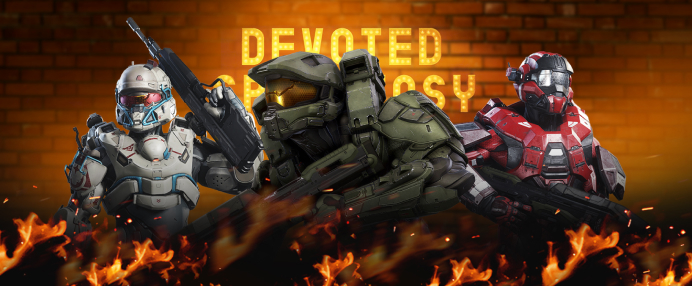
How to Build a Career of an Artist in Video Game Industry with Horia Dociu
Continue reading "How to Build a Career of an Artist in Video Game Industry with Horia Dociu"
In the last SpeakEasy episode, we prepared a bunch of portfolios by notable artists. We reviewed them with one of the most charismatic Art Directors Horia Dociu, who has worked with such studios as 343 Industries, ArenaNet, and SuckerPunch. Watch this episode in order to get some precious insights and use them when you prepare your profile for studios, and read this article to get inspired by amazing artworks from the episode.

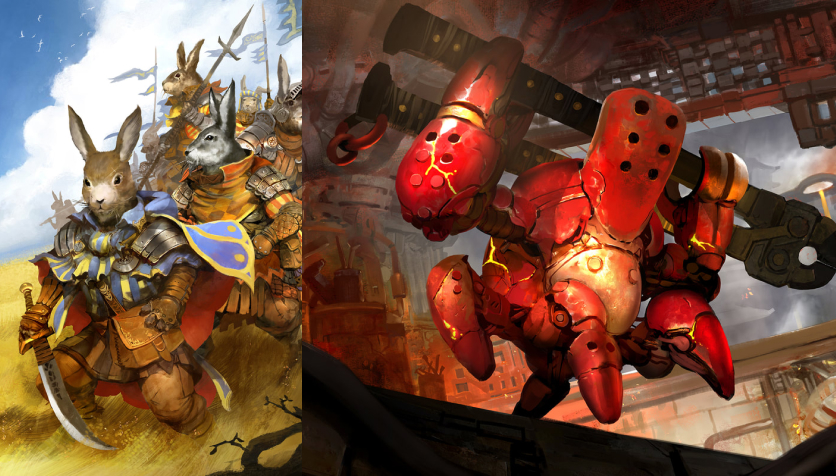
https://www.artstation.com/brainstormschool
Kekai Kotaki is a Concept Artist and Illustrator from Hawaii who has worked as a Lead Concept Artist on Guild Wars 2, and has made stops at places such as Bungie and Monolith, working on titles like Destiny and Mordor Shadow of War.
 Horia: The thing with Kekai is he is a consistent artist you know exactly what you're getting from him in the result and you know it’s gonna be brilliant. For example, the monster from his portfolio is done at a high level and it fits commercially many projects, like Fantasy Sonic style. It just shows that every time he will prepare concepts that hit the goal.
Horia: The thing with Kekai is he is a consistent artist you know exactly what you're getting from him in the result and you know it’s gonna be brilliant. For example, the monster from his portfolio is done at a high level and it fits commercially many projects, like Fantasy Sonic style. It just shows that every time he will prepare concepts that hit the goal.
From his portfolio, we can find out that Kekai loves this kind of Dark Fantasy or sci-fi stuff – there's this kind of visual poetry in it. I think that the portfolio shows that you don't hire this guy if you don't want Kekai-type stuff, something that screams badass like this. You are not going to hire him to do cute icons for the Hello Kitty game, right?
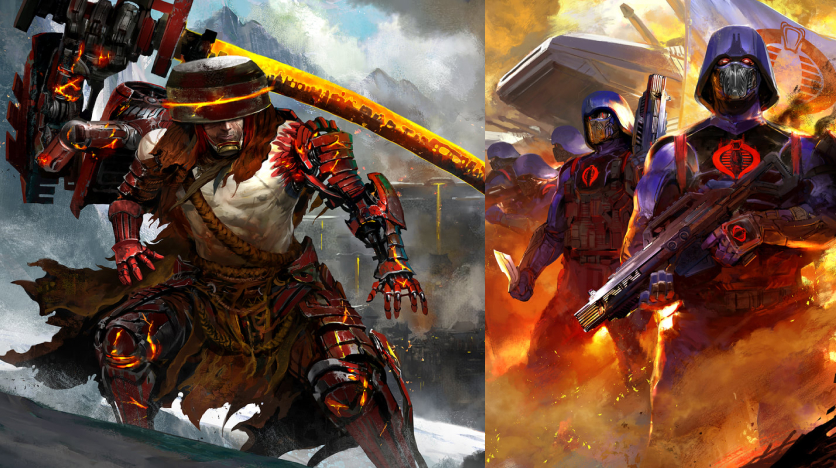
One of his artworks depicts a knight using a magic mace and throwing ghost hammers, and there’re wolfmen with axes in it. And when I see it I immediately realize that these pieces do what the art in Guild Wars 2, for example, was intended to do with a viewer, all those Paladins, and the Guardians. There's clear communication of emotion coming from his works, they are not just drawings of people standing in armor, but they tell us about the spirit and the badassness of the characters. I mean the poses are there that help us to see the story, and we can distinguish good guys’ and bad guys’ vibes.
And what is more important, is that his concepts will give a clear understanding and inspire the whole team working on a project – the animation, lighting, effects, and even game design. At the end of the day we want players to feel that excitement, passion, energy, and so sticking to a guy like this you know it’s going to happen. It can be not a perfect production concept, but it's a hugely inspirational piece that gives energy and information to the whole entire team.
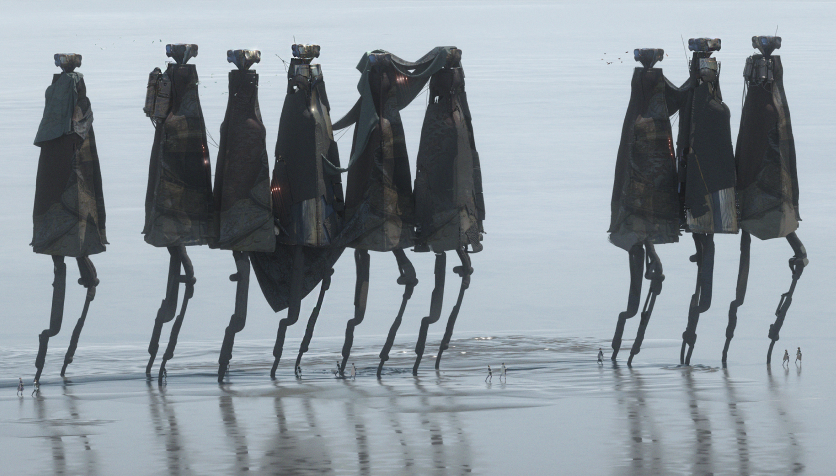
Levi Hopkins is a Concept Artist from Seattle. Levi has over 18 years of experience in the industry in various roles: Principal Concept Artist, Art Director, Prototype Team Lead, Environment Team Lead, and 3D Artist.
 Horia: Levi is another freak of nature from Arena Net, he actually started in 3D modeling and over the years he has learned all sorts of new tools and rendering engines, and now he is building these gorgeous scenes that look like stills from a movie.
Horia: Levi is another freak of nature from Arena Net, he actually started in 3D modeling and over the years he has learned all sorts of new tools and rendering engines, and now he is building these gorgeous scenes that look like stills from a movie.
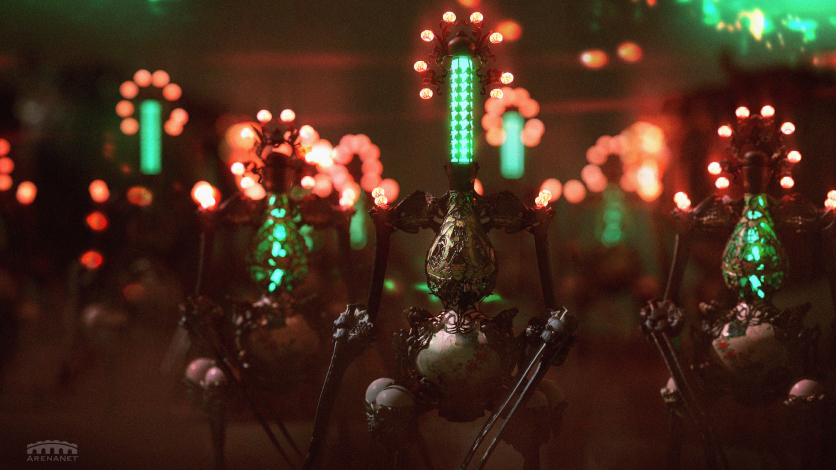
He uses his 3D superpowers to create really artsy scenes, and when you look at them, you think “Oh, wow, that would look amazing in the game”. That's the best thing in using tools and technology and mastering texture software, render software, 3D stuff, sculpting, etc. – to be able to tell these things that would give goosebumps to the viewer. When I look at his picture, I know what the sea mist smells like, and I hear its sounds. I mean, it feels like I walked into this place, I'm there. And when I look at it as an Art Director, I say that we need to get this across to the player, this just feels amazing.
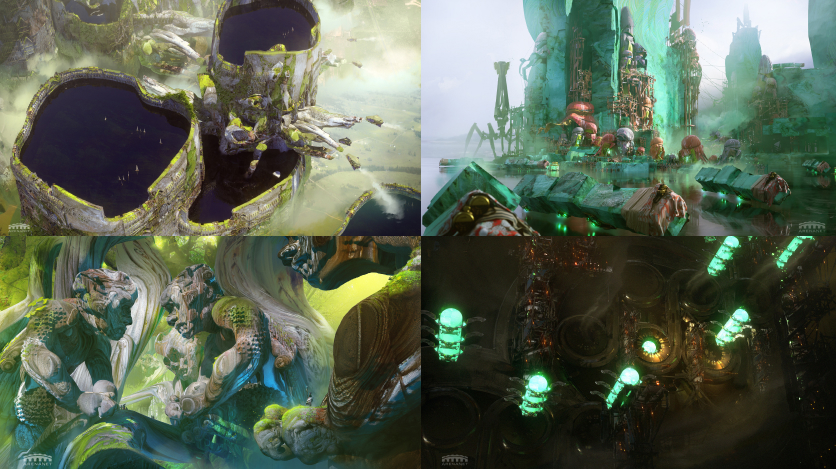
And again, with these artworks, sound and lighting teams, texture artists know what they need to create.

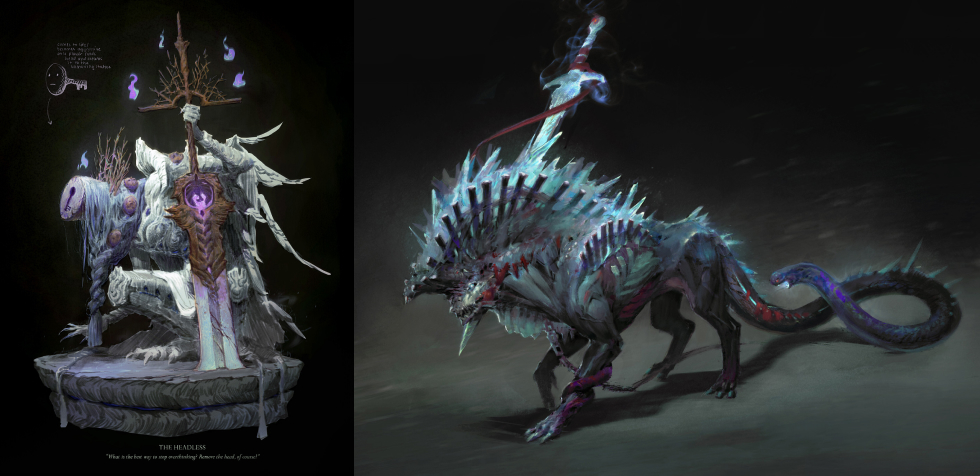
https://www.artstation.com/goldantler
 Horia: If you meet Carlyn in real life, she's this sort of petite girl, kind of quiet. And then you find out she creates these badass fantastic monsters. They're elegant, ornate, and beautiful, and all her work has this really strong identity. You're not going to hire her to make a Sci-Fi gun unless it's a Haunted Gun for a fantasy setting. All these creatures and monsters are just so beefy and ballsy and special. It’s not the giant scorpion monster, which already sounds cool, but it’s a kind of scorpion I’ve never seen before.
Horia: If you meet Carlyn in real life, she's this sort of petite girl, kind of quiet. And then you find out she creates these badass fantastic monsters. They're elegant, ornate, and beautiful, and all her work has this really strong identity. You're not going to hire her to make a Sci-Fi gun unless it's a Haunted Gun for a fantasy setting. All these creatures and monsters are just so beefy and ballsy and special. It’s not the giant scorpion monster, which already sounds cool, but it’s a kind of scorpion I’ve never seen before.
She's got this very creative poetic lens and yet she's making these things even though they're not photo-realistically drawn like Levi's stuff.
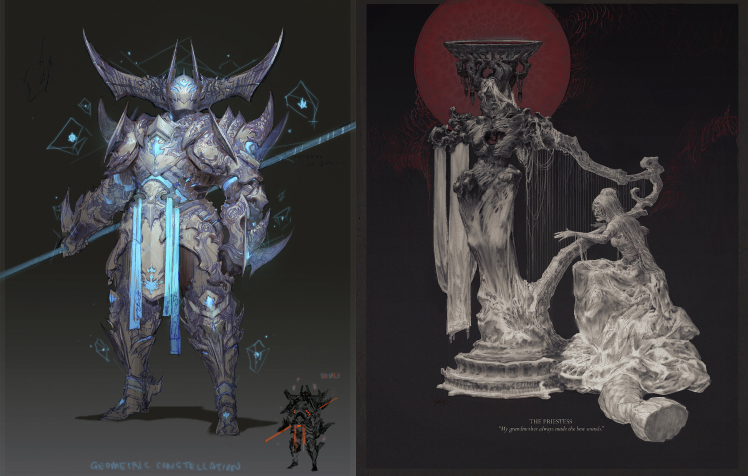
Yet there's enough uh obvious care about the references for anatomy architecture. If you look at her Mummy Cat, you know what that dead stretch skin looks like and you're seeing its spine through it. So there're enough references that she's tacking on there to take something completely dreamlike and make it a palpable believable thing.
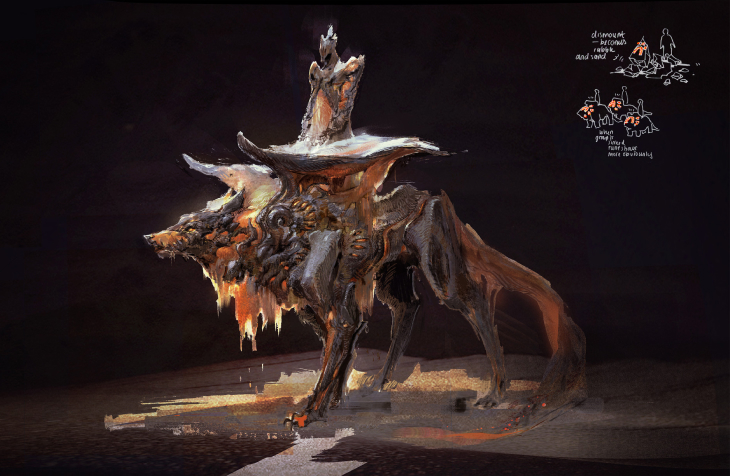
She's got this consistency that is fresh and cool and you want to hire her on your team if you want to create something completely different and unique.

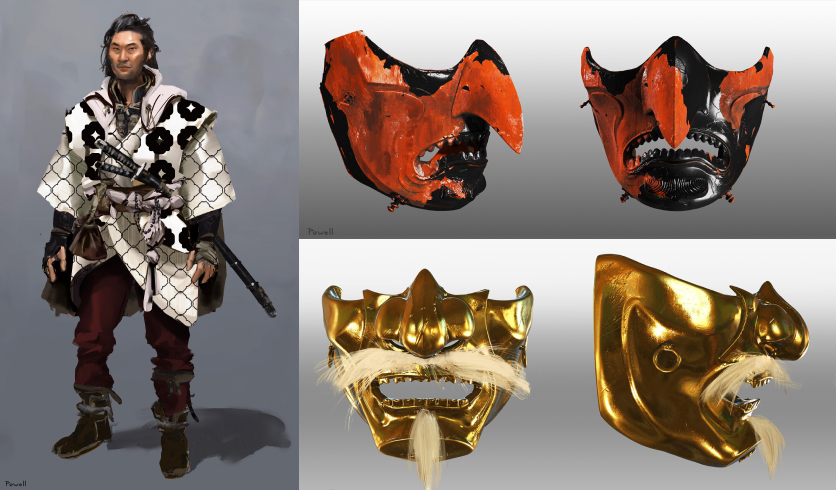
https://www.artstation.com/johnpowell
 Horia: John Powell is somebody who's really really able to work on every different kind of thing. When the artists we mentioned earlier have a very distinguishing style and would make a perfect match with a certain kind of project, John could fit anything. He is sort of the Swiss army knife who produces stuff of high quality.
Horia: John Powell is somebody who's really really able to work on every different kind of thing. When the artists we mentioned earlier have a very distinguishing style and would make a perfect match with a certain kind of project, John could fit anything. He is sort of the Swiss army knife who produces stuff of high quality.
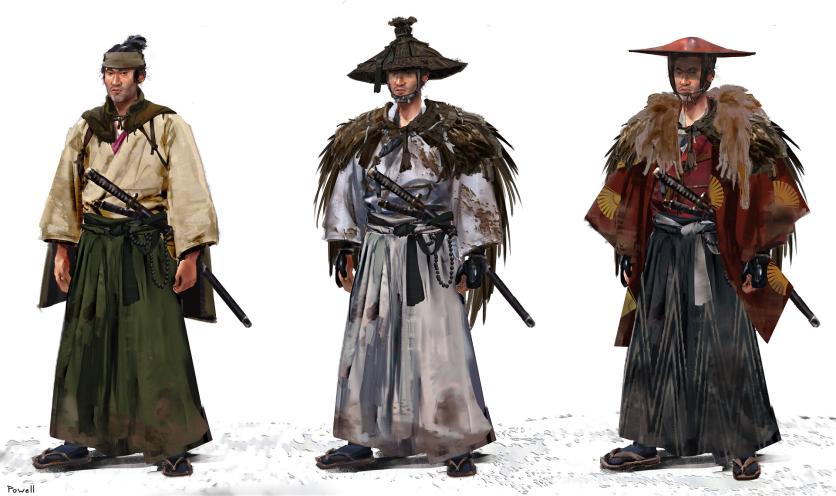
Whether this is an interior for a tent that looks like a big palace you can imagine the smells inside and the muffled sounds coming from outside with tons of historic references. Or a cinematic keyframe artwork telling you a story of characters who escape from something. Or it could be these 2D cutscenes that are inspired by traditional Japanese art and then they turn into animated illustrations. It can also be a prop for a boat, or a character concept.
He could become a precious asset to almost any team or project and become a universal warrior that deals with any kind of task.

So when you collect your portfolio, try to think, first of all, about what kind of artist you are, and what style characterizes you the most. You can create boots and have a collection of boot concepts, but with every detail polished to perfection. And it could work with some project that needs a person who is professional in boots.
And after you gather all those artworks just think about projects and studios that work in your style, require a person with your skills, and could hire you.